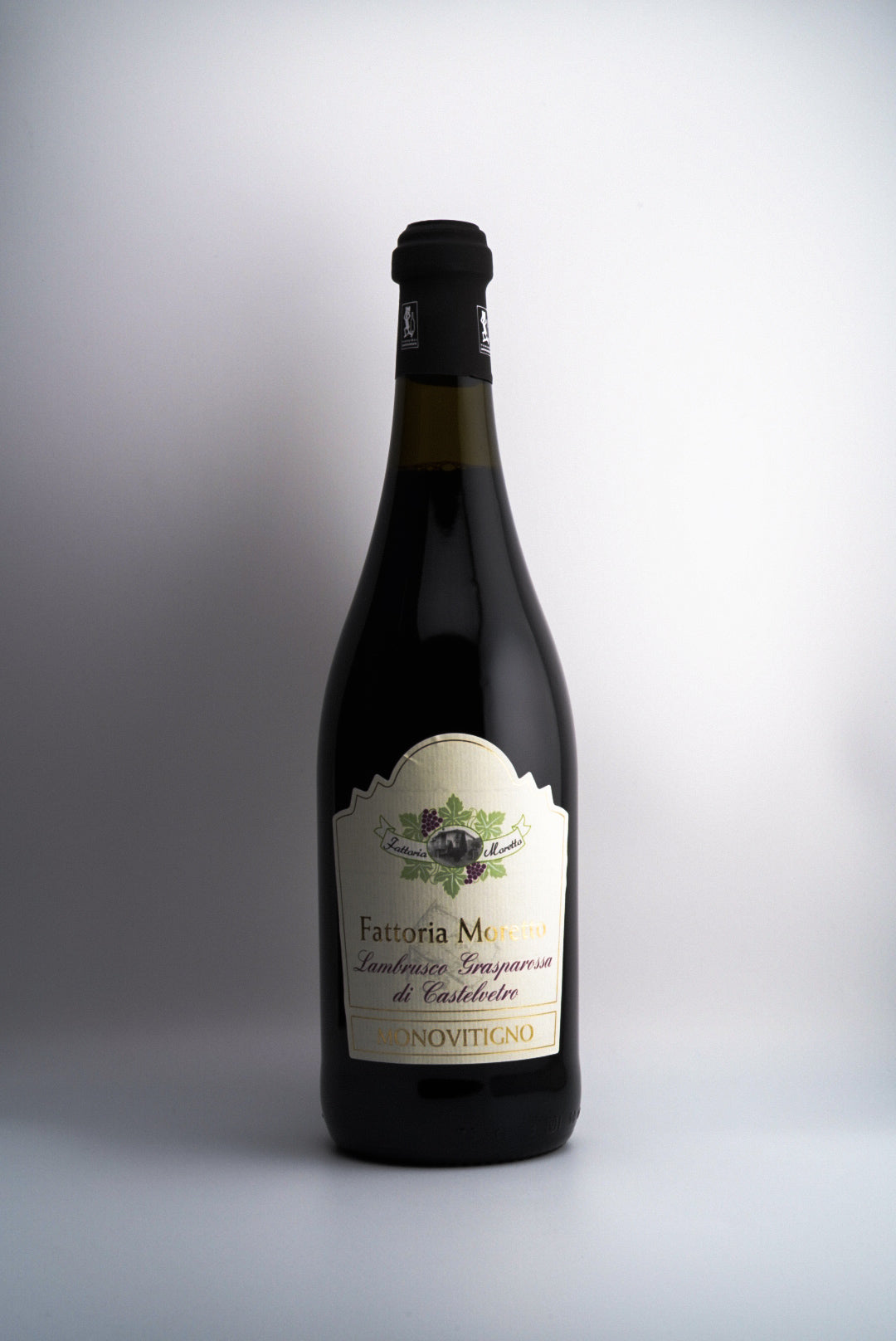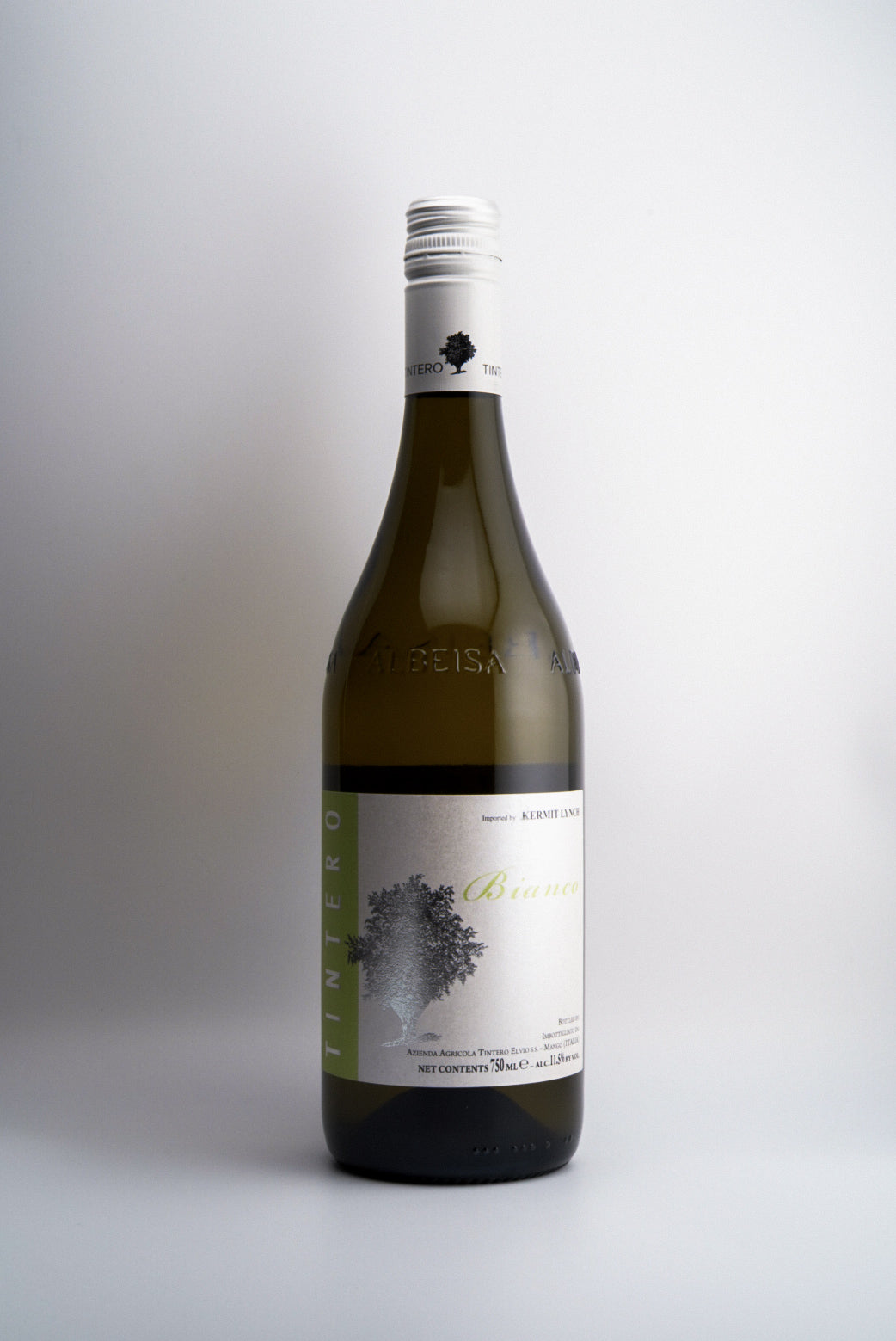How to Talk About Wine Like a Pro

Wine seems to be trapped in a space where it’ll be forever daunting to talk about. Is it truly so complicated? Or have wine industry professionals been gatekeepers of the realm of wine?
We know one thing for sure: unless you are at a wine tasting, one’s conversation about wine should never exceed the conversation about literally anything else. At the end of the day, wine is a beverage that is made to go alongside food at the dinner table and to be savored and enjoyed. It should heighten the experience, but it shouldn’t be the experience.
Now…
If you’ve ever found yourself staring at a wine list, feeling completely lost, or maybe you've been at a dinner party where everyone seems to be speaking a foreign language when discussing the Cabernet Franc. Don't worry – you're not alone. Read this blog and you’ll be able to hang. (But, our first tip: leave that party immediately. Boooooring.)
All jokes aside, wine talk can be intimidating, but it doesn't have to be - it’s quite relatable to many things you already talk about, like food! Wine is food! This guide will help you navigate the world of wine terminology, giving you the confidence to discuss vino like a seasoned pro.
The Five S's: Your Gateway to Wine Appreciation
Let's start with the basics. Wine professionals use a method called "The Five S's" to evaluate wine. This simple approach will immediately up your wine game:
- See: Take a good look at the wine. Is it clear or cloudy? What's the color? A deep purple for a young red, or a brick-like hue for an older vintage?
- Swirl: Gently swirl the wine in your glass. This releases the aromas and tells you about the wine's "legs" or "tears" – those streaks that form on the glass. They can indicate the wine's alcohol content and body.
- Sniff: This is where the fun begins. Take a good whiff. What do you smell? Fruits? Flowers? Spices? There's no wrong answer here.
- Sip: Take a small sip and let it coat your mouth. Pay attention to the flavors and how they evolve.
- Savor: This is your overall impression. How do all these elements come together?
Key Components: The Building Blocks of Wine Talk
Now that you've tasted the wine, let's break down what you're experiencing:
Sweetness
Wines range from bone-dry to dessert-sweet. Most table wines are dry, but you might detect a hint of sweetness. Terms to use:
- Dry
- Off-dry
- Sweet
Acidity
This is what makes wine refreshing. Think about how a lemon makes your mouth water. Terms to use:
- Crisp
- Bright
- Flat (if there's not enough acidity)
Tannins (for red wines)
Tannins create that drying sensation in your mouth, similar to strong black tea. They're more prominent in red wines. Terms to use:
- Soft
- Firm
- Grippy
- Lithe
- Satiny
- Gritty
- Supple
Tannin levels:
- Low
- Medium
- High
And if you think it’s in between any of these, use:
- Medium minus
- Medium plus
Body
This refers to how the wine feels in your mouth. Is it light like skim milk or heavy like cream? Terms to use:
- Light-bodied
- Medium-bodied
- Full-bodied
And if you think it’s in between any of these, use:
- Medium minus
- Medium plus
Alcohol
You can often feel the alcohol as a warming sensation. Terms to use:
- Low
- Medium
- High
And if you think it’s in between any of these, use:
- Medium minus
- Medium plus
Wine Flavor Profiles: Painting with Words
Here's where you can have fun and get creative. Wines can have a wide range of flavors:
Fruit Flavors
- Red wines: think red, blue, or black fruits like berries, cherries, plums
- White wines: stick to orchard fruits and tropical fruits like citrus, apples, papaya
Non-Fruit Flavors
- Herbs: mint, thyme, grass
- Spices: pepper, cinnamon, vanilla
- Oak: toast, smoke, coconut
- Earth: forest floor, wet stone, mushroom
Don't be afraid to be specific. If you taste green apples rather than just "apple," say so!
Structure and Balance: The Wine's Architecture
A well-made wine has all its components in harmony. None of the elements (sweetness, acidity, tannins, alcohol) should overpower the others. When you're describing the wine's structure, consider:
- Is it well-balanced or does one element dominate?
- How long does the flavor last after you swallow? This is called the "finish." Is it short, medium, or long?
Regional Characteristics: A Sense of Place
Different regions produce wines with distinct characteristics. Here's a quick guide:
- Bordeaux, France: Bold reds, often described as "austere" or "elegant"
- Tuscany, Italy: Medium-bodied reds with high acidity, often described as "rustic"
- Napa Valley, USA: Full-bodied, fruit-forward wines, often described as "opulent"
Proper Wine Service: Setting the Stage
Serving temperature can significantly impact a wine's taste so it’s helpful to know the proper temps if hosting, or if someone calls for help:
- Light white wines: 45-50°F (7-10°C)
- Full-bodied whites: 50-55°F (10-13°C)
- Light reds: 55-60°F (13-15°C)
- Full-bodied reds: 60-65°F (15-18°C)
Remember: cold temps mute flavor and exaggerate tannin levels.
Some wines, especially young, tannic reds, benefit from decanting. This process aerates the wine, softening tannins and releasing aromas.
Wine Pairing Basics: The Perfect Match
While there are no hard and fast rules, here are some general guidelines for wine pairing:
- Match the wine's weight with the food's weight (light wines with light dishes, heavy wines with rich foods)
- Acidic wines pair well with fatty foods
- Sweet wines pair well with spicy foods or desserts
- What grows together goes together. A region’s most popular meal is probably really good with the wines they make from that region (truer with old world regions).
Practice Makes Perfect
Remember, the best way to learn about wine is to taste it. Don't be afraid to try new things and form your own opinions. Wine appreciation is subjective, and your personal preferences are what matter most.
The next time you're at a restaurant or wine shop, try using some of these terms. You'll be surprised at how quickly you'll gain confidence in discussing wine. Cheers to you!Wine 101

Holiday Pairing Guide — 10 Essentials Thanksgiving Wine Pairing Guide: 10 Wines for a Delicious Feast Thanksgiving is our favorite kind of chaos: a table full of savory, sweet, crunchy, and creamy — all at...
Read more →Latest articles

Wine Education · Opinion Don’t Fear Non-Vintage: The Case for Blending Across Seasons We expect wine to behave like a time capsule. One year, frozen in glass. But a single season can be cruel or kind, and ...

What's Below: BBQ & Grilling Perfect Red Wines Meat & Wine Matches Veggie Grill Wines Pool Party Essentials Crisp White Wines Rosé All Day Sparkling Options Party Planning Ho...

What's Below: European Gems Slovenia's Hidden Tuscany Austria's White Wine Wonderland Spain's High-Altitude Surprise New World Discoveries Mexico's Wine Revolution Brazil's Italian Influ...

We've paired every single Trader Joe's cheese with the perfect wine. Your next cheese board is about to get very, very good. The Ultimate Trader Joe's Cheese & Wine Pairing Guide Look, Trader Joe...

"Liberté, égalité, fraternité" The key to great Bastille Day wine pairing is choosing authentic French wines that complement traditional French foods without overpowering them. Rich cheeses, herb-crus...

What wine should you have on 4th of July? These (All American) ones!

"Wine was never trying to be cool. And thank goodness for that." Every few months, another think piece declares wine dead. "Gen Z has killed wine." "Hard seltzers are the new wine." "Why wine isn't cool...

What's Below: The Foundation Introduction The Absolute Reality Real Shopping Experience Digital & Psychological The iPhone Test Psychology of Enhancement Addressing the Purists ...

Image source: Valentina Vineyards. San Diego's top source of organically farmed wine grapes. San Diego County boasts over 172 active wineries and vineyards across diverse microclimates, from coastal va...

Italy boasts a rich tapestry of wine regions, each with its unique terroir, indigenous grape varieties, and winemaking traditions. Join us on a journey through all 20 Italian administrative regions, from int...

The journey of wine grapes from vineyard to bottle is a fascinating process guided by both science and tradition. Let's explore how vignerons determine the perfect moment to pick their grapes for optima...

Easter Wine Pairings That Won't Disappoint Easter is hopping our way, and whether you're hosting an elegant brunch or a family feast, the right wine can transform your gathering from merely memorabl...

Explore Sherry: Spain's Ancient Fortified Treasure Source: Consejo Regulador de los Vinos de Jerez y Manzanilla. If you are trying to get an excellent academic understanding of Sherry, its various styl...

Explore Washington State Wine Source: Washington State Wine Commission. If you are trying to get an excellent academic understanding of Washington State, its various wine regions, and its role within t...

















